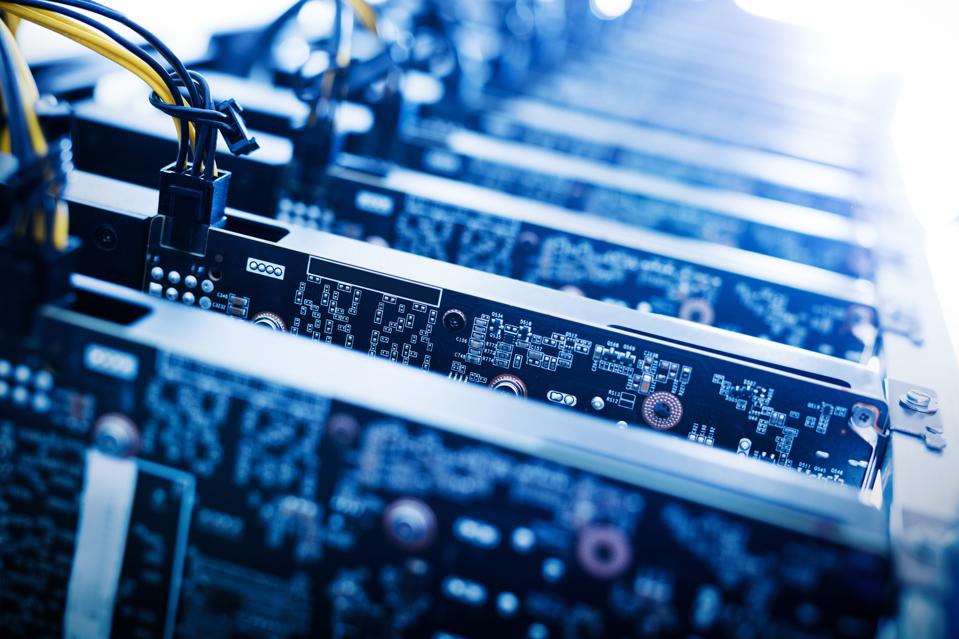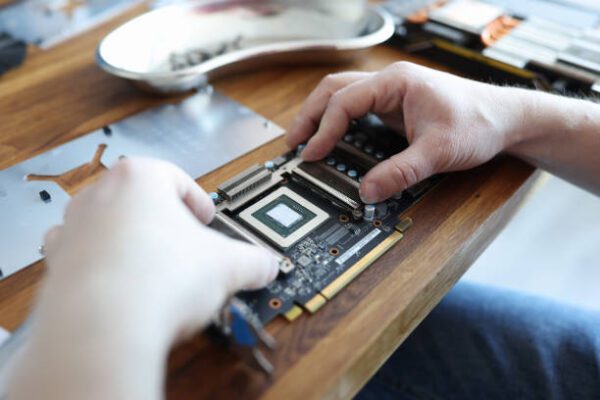Article
Should You Buy a Mined GPU (Graphics Card)?
[post-views]
Should you purchase a secondhand, mined GPU? Typically, you would want to stay away from graphics cards that have been continuously used to mine cryptocurrencies. You might be tempted to buy one of the greatest graphics cards used now that the market is overflowing with used GPUs as a result of cryptocurrency’s fall, which put an end to the multi-year Great GPU Shortage. However, there’s a significant likelihood that those really cheap old graphics cards were employed for crypto-mining.
Does that make a difference? Should you purchase a secondhand mining GPU? Let’s go over the potential hazards involved, and whether you need to be concerned about performance degradation.
Are there any risks involved when buying a mined GPU?
This has to be one of the most common questions I’ve heard nowadays, especially after the infamous crypto crash that has brought the prices of GPUs down significantly. The performance of a graphics card used for mining will obviously suffer, and the GPU will likely fail earlier than intended. However, this is typically not the case. In our experience, GPUs used for mining do not appear to have a considerable loss in performance. Below are some potential causes for this as well as some warnings.
– Skilled GPU miners usually lower the power consumption and underclock their graphics card to improve efficiency, boosting only the memory performance.
– A gamer, on the other hand, will want to overclock the GPU, a riskier effort.
– Miners do operate their graphics cards constantly, but this can also lessen the cycle of heat generation and cooling, which is hard on silicon.
One of the major problems with mined cards is the heat and poor thermal performance. At RB Tech and Games, we know how serious that matter is, and that is why we open up our mined GPUs and have them repasted and tested extensively before we sell them out. Furthermore, it is very important to note that our 4-Month Warranty policy for mined GPUs is extensive and covers everything from black screens, artifacts, and overheating, to coil whine, port malfunction, and fan issues. One thing it doesn’t cover though is physical damage or shortage/burn.
Decided to buy a mined GPU? Here’s what to look out for:
First, enquire about the graphics card with the seller. How long was it used in mining? Was it used with an underclock profile? Is it stable? How hot does it run? These can assist you in determining the level of care the miner, and the seller applied to their hardware, raising the likelihood that it will be more dependable.
Second, carefully examine the graphics card’s physical state, either in person or through photos. Is there any damage or proof that it was squeezed into a small space? This could be shown by scratches on the backplate or shroud. Due to their continual use, mining cards’ fans may malfunction or become damaged over time, so check to see whether they are functioning properly. The physical state of the GPU plays a major part in understanding its journey.
Lastly, the most important way to test the Graphics Card is to ask the seller to run benchmarks on the GPU to test its stability and temps. When these benchmarks run, it causes the GPU to run at its maximum speed and utilization which can either have the card remain stable, cause erratic artifacts, or even shut down.
Over at RB Tech and Games, we make sure to test our mined GPUs extensively and have them repasted to improve the thermal performance to ease the plug-and-play process for our clients. Please do note, that as a buyer it is your right to ask for benchmarks, pictures, and information until you’re satisfied.


